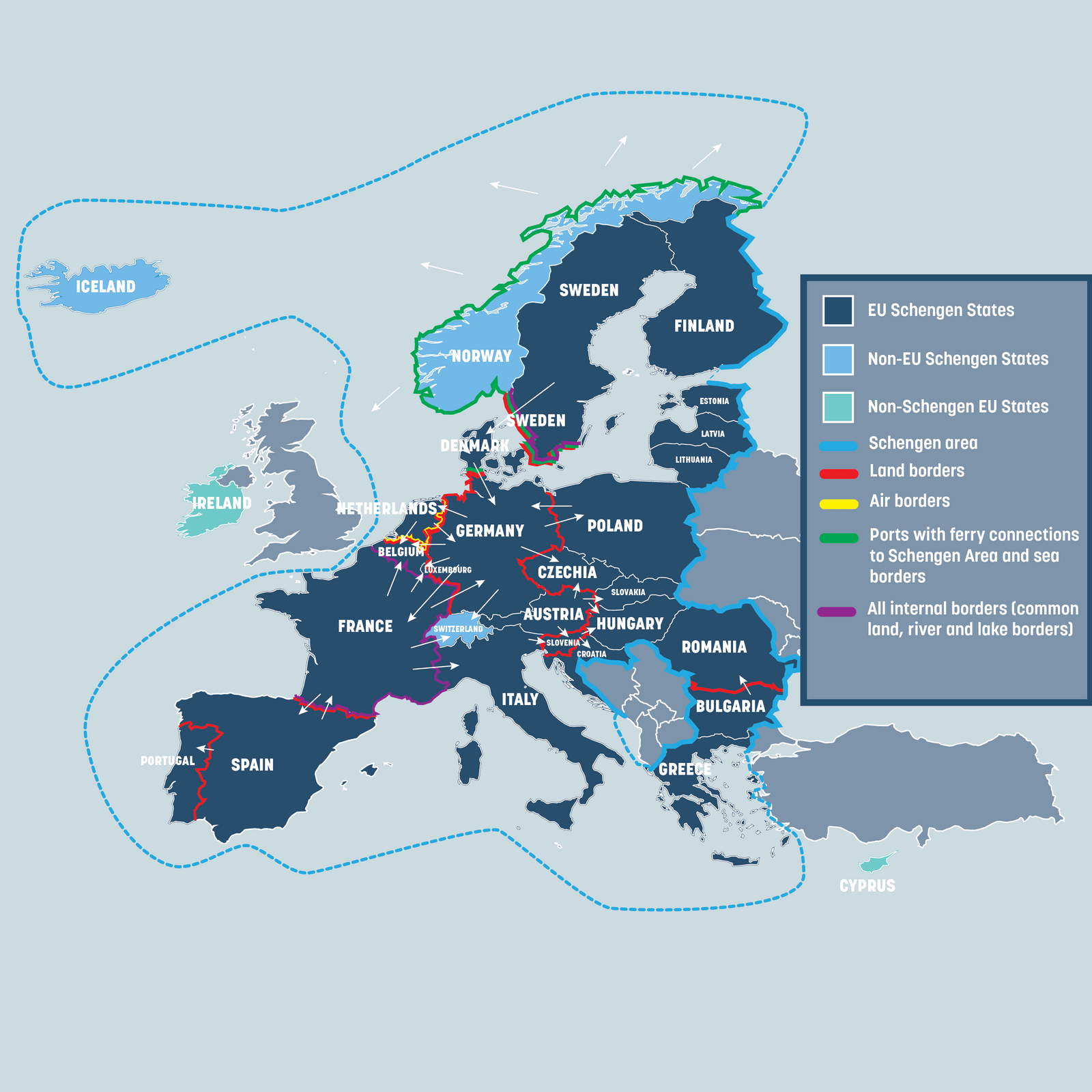Understanding New EU Border Checks: Implications and Updates

Introduction
The recent implementation of new border checks across the European Union (EU) has raised significant discussions regarding its implications for travellers, businesses, and border security. These checks, designed to enhance safety and streamline processing, reflect the EU’s commitment to maintaining secure borders whilst facilitating legitimate travel and trade.
Overview of New Border Checks
In October 2023, the EU rolled out updated border control policies that involve automated border checks, the use of biometric data and increased scrutiny for both EU citizens and non-EU nationals. This initiative comes in response to rising concerns over security threats and irregular migration. The primary feature of the new system is the European Travel Information and Authorisation System (ETIAS), which requires that all non-EU citizens must obtain travel authorisation prior to entry.
As part of these changes, travellers will experience longer waiting times at border crossings. The EU has stated that these enhancements are necessary for identifying any potential risks associated with incoming travellers, creating a safer environment for all EU citizens.
Impact on Travellers and Businesses
For leisure and business travellers, the new checks may introduce complexities. Travellers are advised to factor in extra time when planning trips, as the system will involve advanced registration and possible biometric scans. In particular, business travellers may see delays at the borders, affecting their itineraries and overall productivity.
Furthermore, trade and logistics are also expected to be impacted. Although the new measures aim for efficiency, initial adjustments may lead to slowdowns in transportation and delivery times. Companies engaging in cross-border trade are urged to prepare for potential operational disruptions during the transition period.
Conclusion
The introduction of new EU border checks represents a significant shift in how borders are managed in Europe, focusing on enhanced security and efficiency. While the long-term goals include streamlined travel and increased safety, short-term effects may include delays and complications for travellers and businesses alike. It remains essential for individuals and companies to stay informed and adapt to these changes. Ongoing assessments will be critical in evaluating the effectiveness of the new systems, with potential revisions anticipated as the EU seeks to balance security needs with the facilitation of movement across its borders.
